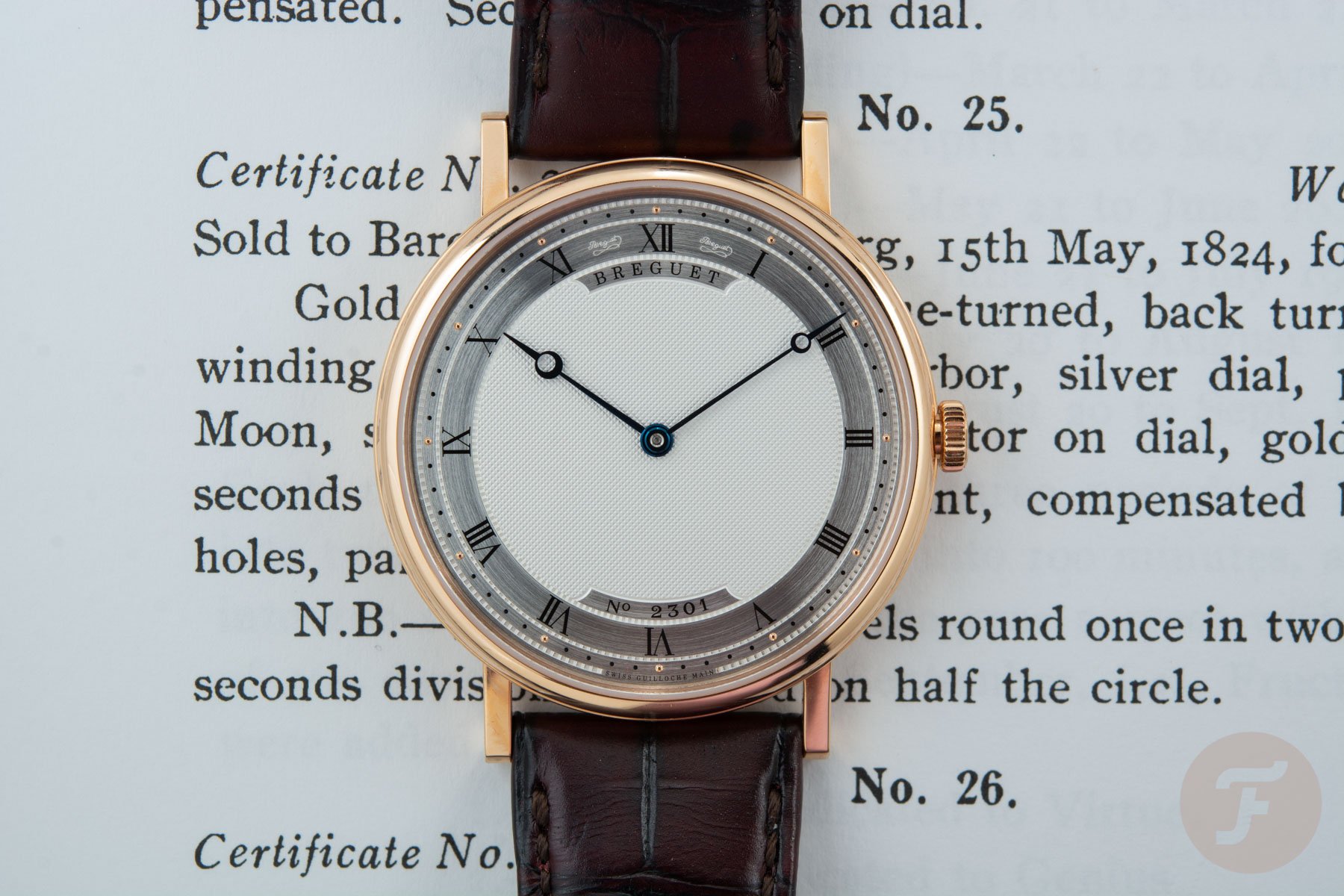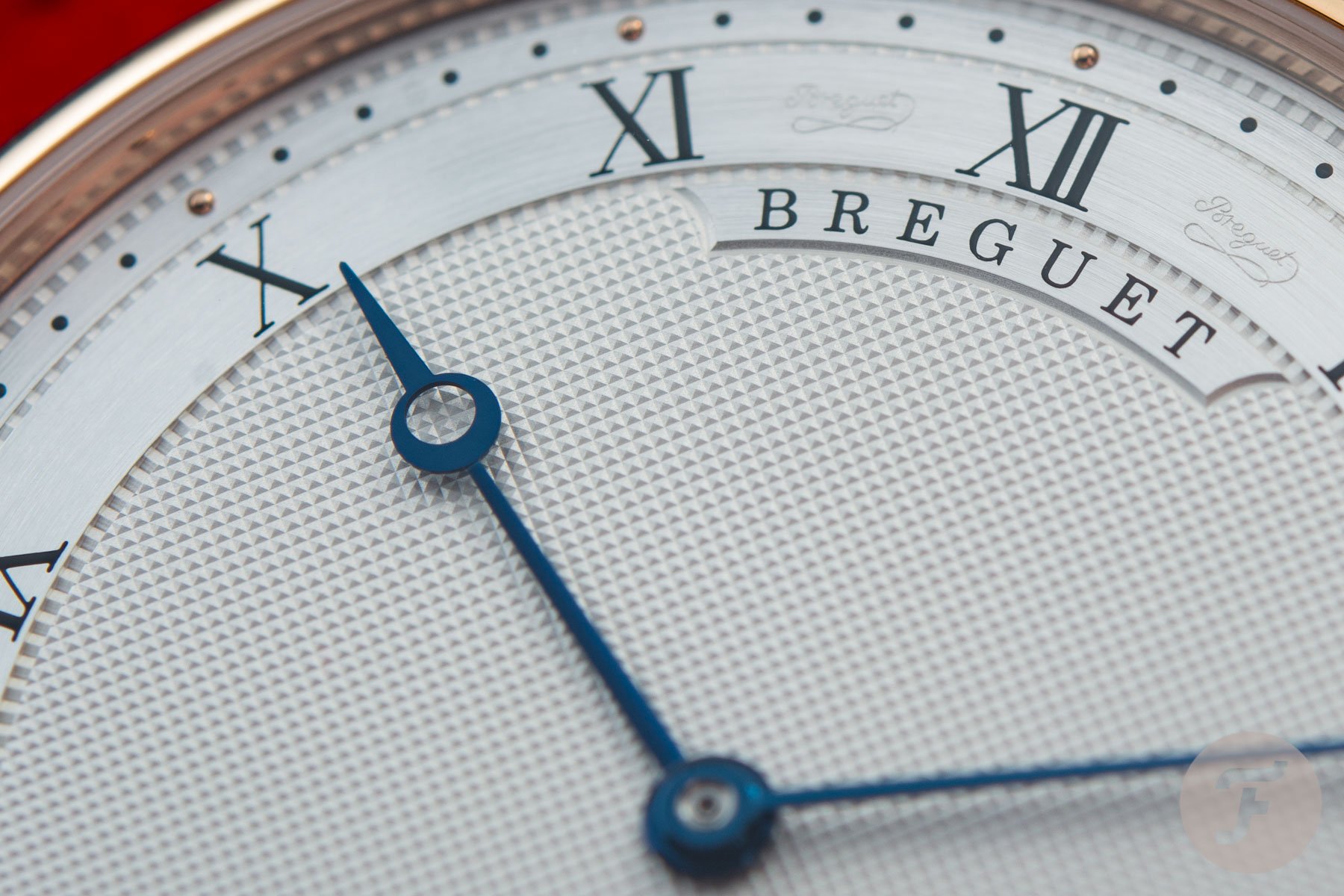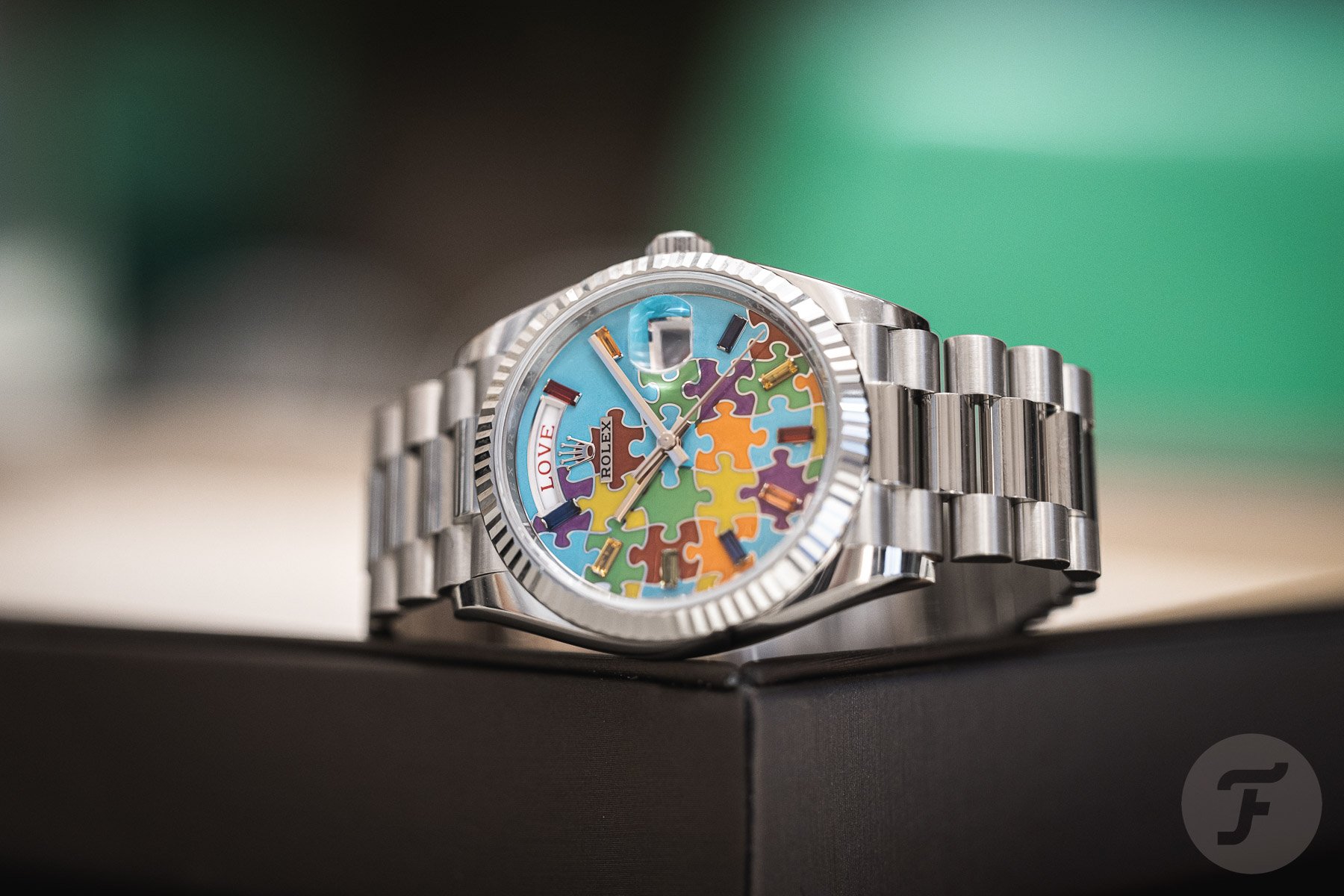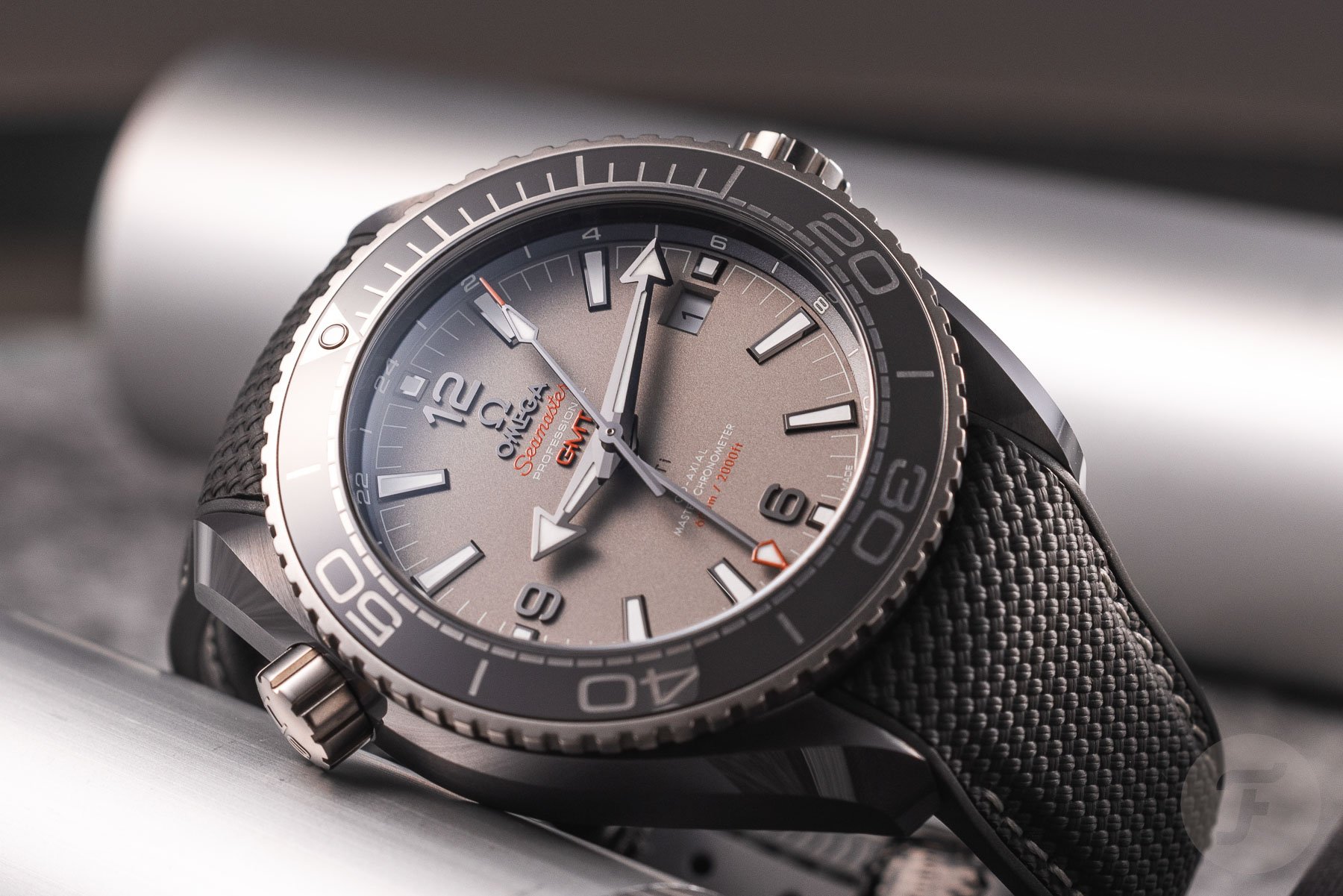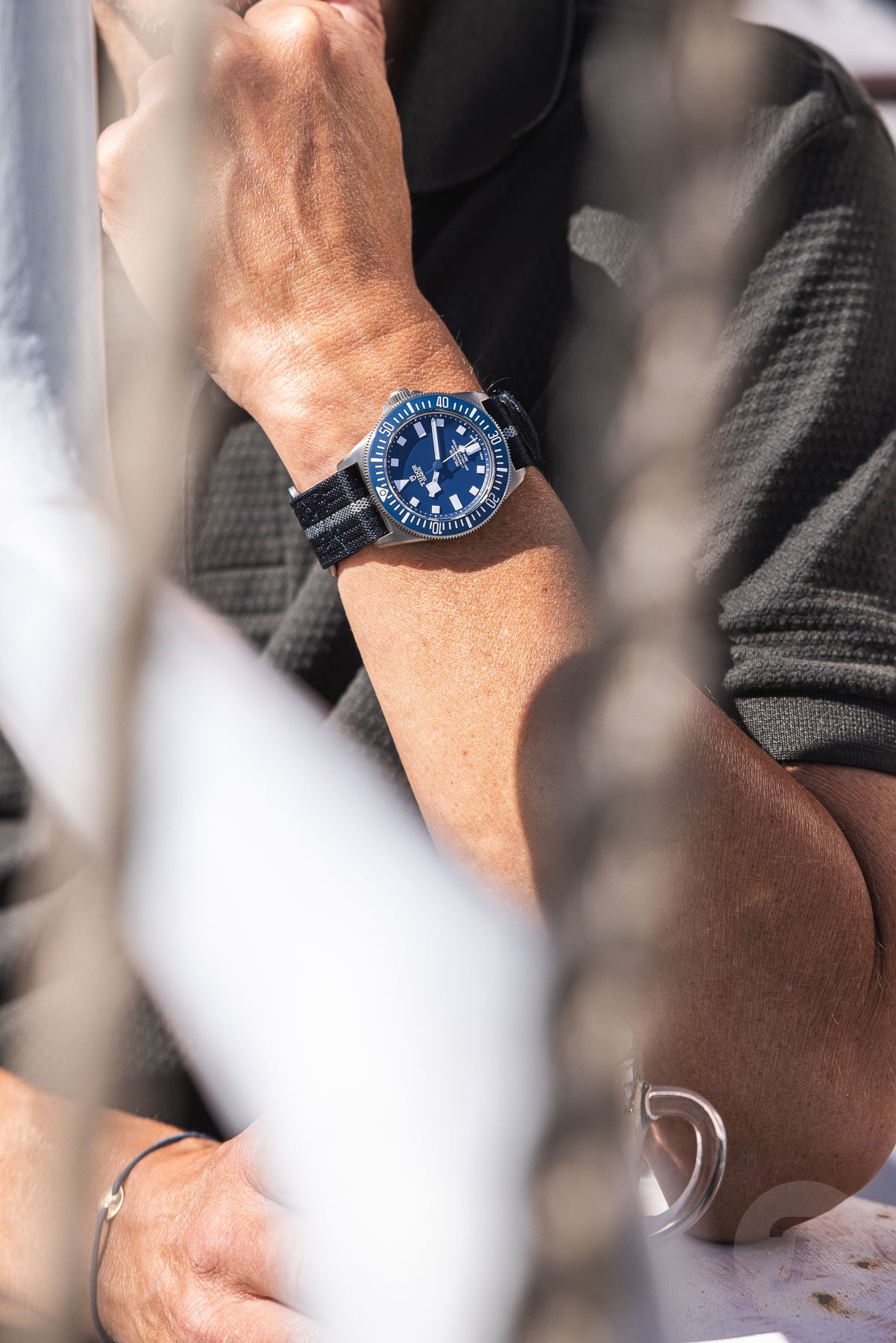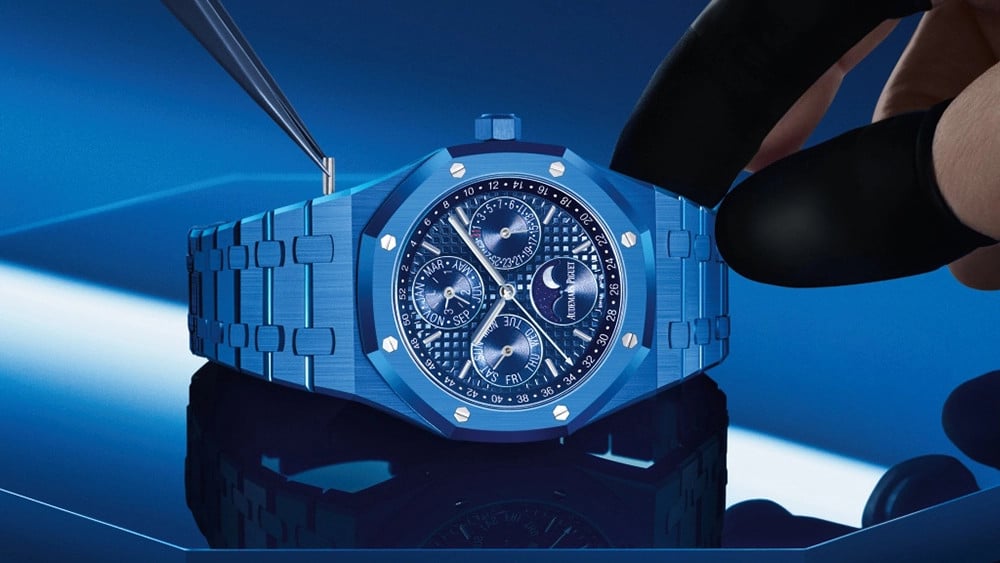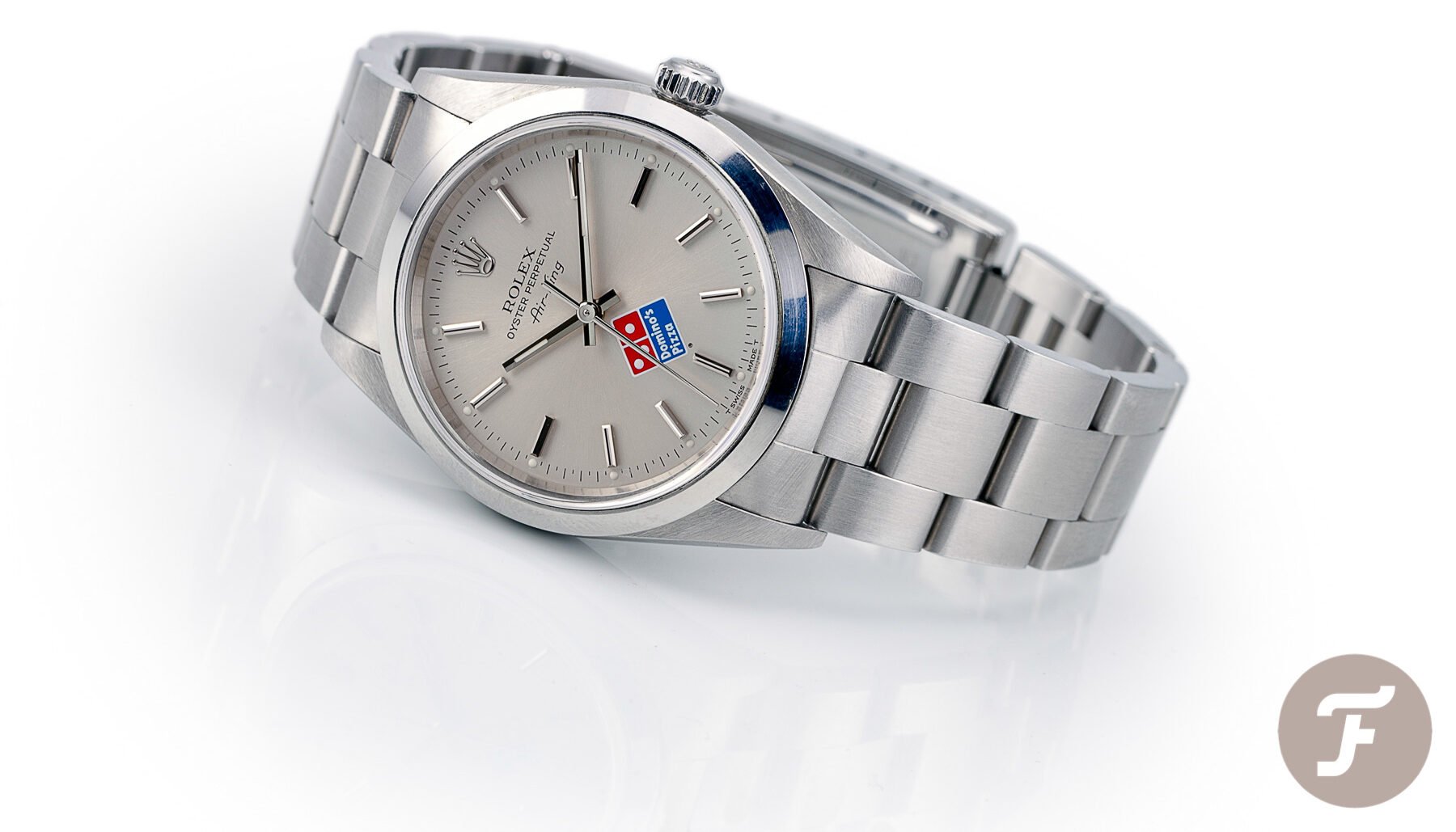Has Watch Design Gone From Pizza Margherita To Hawaiian Deep Dish With Stuffed Double Crust?
Picture this: it is summertime, and we fire up the kamado barbecue in the backyard. I put in the pizza stone and let it heat up. In the meantime, my fiancée kneads the dough that she prepared earlier into that familiar flatbread shape. We team up to add the homemade tomato sauce and mozzarella, and then we carefully slide a pizza shovel underneath and put our creation on the hot stone. A handful of minutes later, we have a steaming, crunchy pizza with the creamiest cheese and a hint of wood fire in the taste. We throw on a few fresh basil leaves and realize that life doesn’t get much better.
This, to me, is the essence of good food — a small number of high-quality ingredients, each crucial to the outcome, brought together with love and attention.
Pizza Margherita watch design
Don’t worry, you are still on Fratello. This is no food blog. The thing is this: great watch design has a lot in common with the humble pizza Margherita. In great watch design, too, all of the ingredients play a crucial role. Remove anything, and it falls apart. In great watch design, too, it is the quality of the ingredients and the patience required to put them together that makes the result sing. And in watch design, too, simplicity is something worth striving for.
Now, the pizza Margherita can be the basis for something more elaborate, of course. Add a well-chosen topping or two, and magical things can happen. Have you ever had a pizza with mortadella and stracciatella? Or maybe just a slice of cured ham on top after the bake?How about a drizzle of olive oil?
There is an elegance to the simplicity of adding one or two well-chosen ingredients to give your pizza a unique character. The same goes for watch design. Look at the Breguet Classique ref. 5157 that RJ and I admire so much. It is plain in the sense that it is simple but extremely well done. And then there is some magic sprinkled on top in the form of a guilloché dial and coin-edge case. It is a pizza with two perfectly chosen toppings.
Hawaiian deep dish with stuffed double crust and garlic sauce
I have to admit, I sometimes order pizza online. And when I do, I somehow always fall for the over-the-top thing — deep dish, seven toppings, stuffed double crust, and garlic sauce. Oh, and I always pick one size larger than I should plus a bunch of side dishes. After stuffing it down my pizza hole, I feel disgusting and greasy. I resolve never to eat any pizza other than our homemade ones again.
So, what is going on? These pizza+ offerings are designed to overrule our prefrontal cortex and speak directly to our primal desires. This is the culinary version of shock and awe. And it works! Although…that depends on your definition of “works.” It sells, and it triggers pleasure hormones for a while. But it is also shockingly high in calories and completely depleted of the simple refinement that makes an original pizza Margherita so great.
You see where I am going, right? My question for today is this: does modern watch design err on the side of pizza+ rather than Margherita? With sunburst vignette dials, shiny materials everywhere, too many colors and textures stacked on top of each other, and overweight cases, are we being fed horological fast food that ends up unsatisfactory and fattening?
From utility to luxury
I know the following is a bit of a cliché and also not entirely true, but bear with me: watch design changed when watches became more explicitly luxury products. This now shifts the priorities when designing a new watch. The question is no longer: “How do we make this watch better at its job?” Instead, the question is: “How do we make it fancier?”
This results in all sorts of stuff being added to watch designs that were perhaps already close to perfection. It makes them more expensive and more expensive-looking products. However, in the process, the underlying simple elegance that made them great often gets lost.
I feel that my recent overview of the Omega Seamaster Planet Ocean is a good example. The initial pizza Margherita was fantastic. But then, over the years, a few too many fancy ingredients were added. The current ones — and the special editions in particular — are quite literally deep dish and a bit shinier than necessary or functional for a tool diver.
Can big brands afford to make pizza Margherita?
This raises a question: is it even still possible for mainstream watch brands to make pizza Margherita? I think the answer depends largely on their positioning. If a brand needs to sell its dive watch (let’s stick with that example for now) around the €10K mark, it is hard to justify a barebones watch.
Let’s do the math. The basic black-dial Planet Ocean on a steel bracelet used to cost €2,700 back in 2006. Corrected for inflation, that puts it at €4,011 today. Today’s basic black-dial version on a steel bracelet comes in at €7,800. Humor me, and allow me to round that off to a doubling in price. Granted, the watch underwent major technical upgrades, and you do get a lot more watch today. But that is precisely my point. It has been garnished to a point where I, for one, no longer like it.
Looking at that original inflation-corrected €4,000 mark, what can we get today? Well, interestingly, we can get something more Margherita-esque. I think the Sinn T50 or Tudor Pelagos FXD are watches that capture the spirit of that first Planet Ocean in terms of design philosophy.
Pizza is in flux
There is a problem with my theory. I approach the humble pizza Margherita as the original and the deep-dish pizza+ as the ruined derivative. Unfortunately, the reality is, as always, a little more nuanced. The Neapolitan pizza Margherita, as we know it, is probably only a little over a century old. Interestingly, that’s about as old as wristwatches themselves. Flatbread with toppings, even cheese, goes back way longer and can be found in civilizations all over the globe. It wasn’t until the Spanish brought tomatoes from South America to Europe that the modern pizza could slowly emerge. In short, it is a dish that has been in flux, forever changing.
The truth is, then, that I only feel ambivalent about the latest incarnation. That is a bit of a “boomer” response to change, isn’t it? The same applies to watches. I fear that I nourish an image of what a watch should be that is rooted in my youth, and I feel it has been evolving in the wrong direction since.
Still, while I recognize the bias in my theory, I do feel that the art of subtle design is worth preserving. Keep your fancy, high-tech materials in a million new colors. Just draw me a beautiful shape. And if you can then also apply technical innovation and upgrades without ruining that beautiful shape, go right ahead.
What do you think? Are we in the pizza+ era of watch design? And do you like it better than the Margherita age? Let us know in the comments below!

